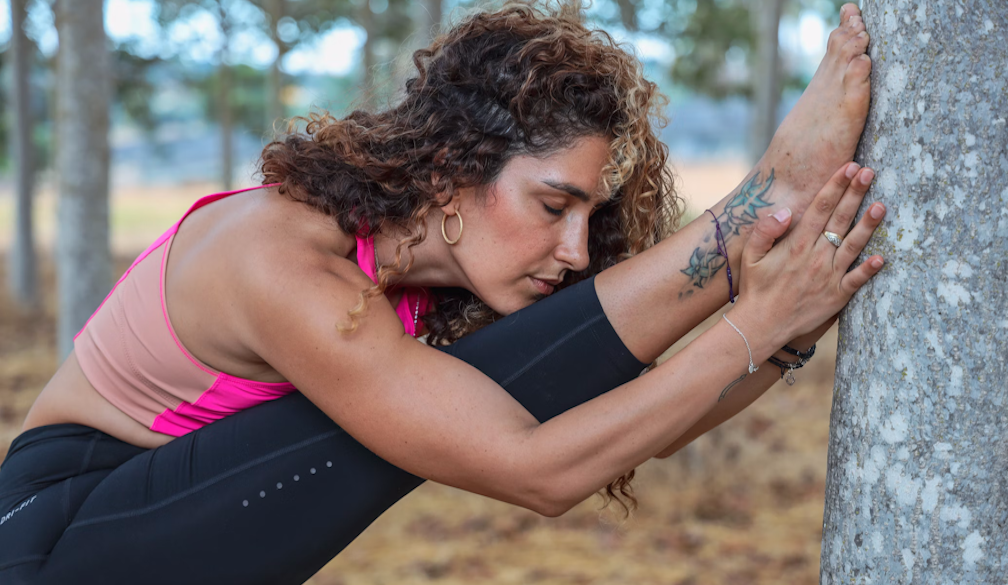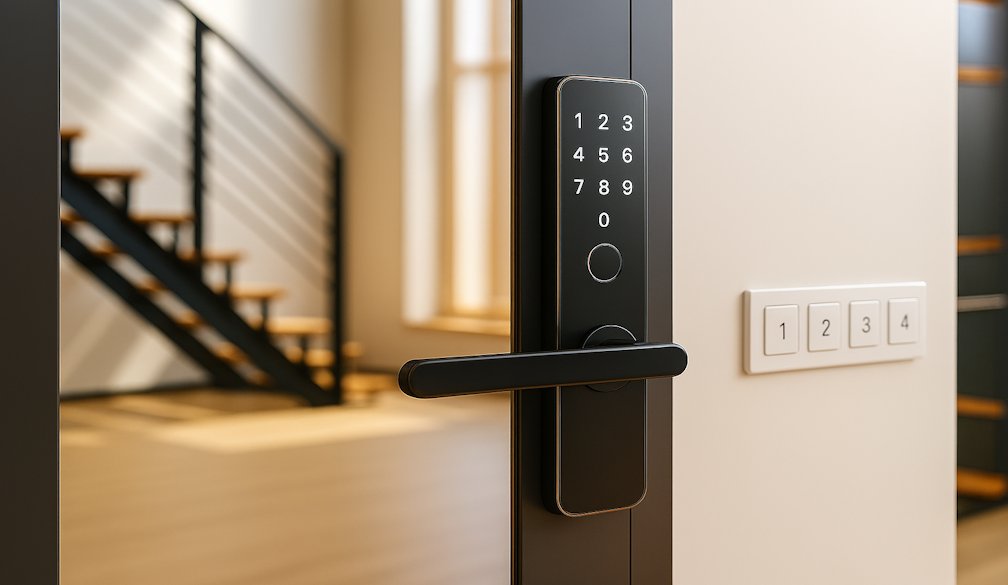From White Belt To Warrior: How To Train Your Body For BJJ Endurance

Brazilian Jiu-Jitsu (BJJ) is as much a mental chess match as it is a physical grind. Whether you’re new to the mats or prepping for high-level competition, developing endurance is a key part of your growth. It’s not just about executing techniques—it’s about staying sharp, controlled, and composed across multiple rounds of intense rolling.
The good news? You don’t need elite genetics to build BJJ-specific endurance. With structured training and consistent effort, anyone can condition their body to perform under pressure from the opening grip to the final tap. Here's how to improve your endurance for BJJ.
-
Build a Strong Aerobic Base
BJJ gold coast requires sustained effort, and your cardiovascular system is the engine behind that. If you gas out early, your technique suffers—and that’s when mistakes happen.
Start with low-impact, steady-state cardio like running, cycling, rowing, or swimming. Aim for 30–45 minutes, 3–4 times a week, at a moderate pace. As your aerobic capacity improves, you’ll notice that you recover faster between rounds and can roll longer without fading.
Takeaway: A strong aerobic base gives you the energy to keep moving, breathe under pressure, and stay active throughout long training sessions.
-
Use Intervals to Mimic the Pace of Rolling
Live rolling in BJJ is rarely steady—it’s a mix of intense scrambles, tight control, and short resets. To match this demand, use interval training.
Alternate between 30–60 seconds of hard effort (e.g., sprints, battle ropes, or explosive drills) and 30–60 seconds of active recovery. You can do this with BJJ-specific movements too: sprawls, shot entries, or grip drills.
Include this type of conditioning 2–3 times a week to simulate the work-to-rest ratio of a typical round.
Takeaway: Interval training prepares your body to push hard during scrambles and recover quickly when there’s a pause in action.
-
Strength and Muscular Endurance: Functional over Flashy
You don’t need to lift like a bodybuilder to improve in BJJ. Focus on building strength in ways that directly transfer to the mat—grip, core, hips, and posterior chain.
Key movements: pull-ups, kettlebell swings, deadlifts, lunges, push-ups, and rows. Keep reps moderate (8–12) with controlled tempo to build muscular endurance. Don’t neglect your grip—farmer’s carries, towel pull-ups, and gi-specific drills are gold.
Takeaway: Strength supports your technique. With better muscular endurance, your frames won’t collapse, and your submissions stay tight even when you’re tired.
-
Prioritise Mobility and Agility
Staying mobile and agile allows you to transition smoothly, escape bad positions, and conserve energy.
Incorporate dynamic stretches, flow drills, animal movements, and agility ladders. Work on hip mobility, shoulder flexibility, and thoracic rotation to support key movements in BJJ. Spend time drilling transitions and positional movement, not just static reps.
Takeaway: Better movement means better efficiency. Agility and mobility reduce wasted effort and help you flow through rounds rather than force your way through them.
-
Fuel Your Training: Nutrition and Hydration Matter
Your body can’t perform well if it’s running on empty. Quality training demands quality fuel.
Focus on balanced meals with lean proteins, healthy fats, and complex carbohydrates. Eat a light, carb-focused snack before training for energy. Post-training, prioritise protein for recovery. And stay hydrated—dehydration hits your endurance hard.
Takeaway: You can’t roll well if you’re under-fuelled or dehydrated. Nutrition isn’t an afterthought—it’s part of your training.
-
Don’t Skip Recovery
Tough sessions break your body down. Recovery is where it gets stronger.
Sleep is non-negotiable. Add mobility work, foam rolling, and active recovery (light movement or flow drills) between hard sessions. Schedule proper rest days to prevent overtraining and injuries.
Takeaway: If you want to train consistently, you need to recover consistently. Don’t ignore it.
-
Train Your Mind to Handle the Grind
BJJ tests your mental toughness just as much as your physical limits. Staying calm under pressure and not mentally checking out when you're tired is part of what separates the good from the great.
Use tough training rounds to develop resilience. Focus on breathing, stay present, and don’t let frustration spiral into poor decisions. Visualisation and controlled breathing drills can help you stay centred.
Takeaway: Mental endurance keeps your head clear when the pressure’s on. Don’t just train your body—train your mind.
Final Thoughts
Improving endurance for BJJ is a long-term process. It’s built by combining smart cardio, strength, agility, recovery, nutrition, and mindset training—not by chasing shortcuts.
Every roll is a chance to improve. Show up consistently, push through the discomfort, and make each session count. The rewards will show up in the moments when others fade and you’re still sharp, still strong, and still fighting for the finish.

























